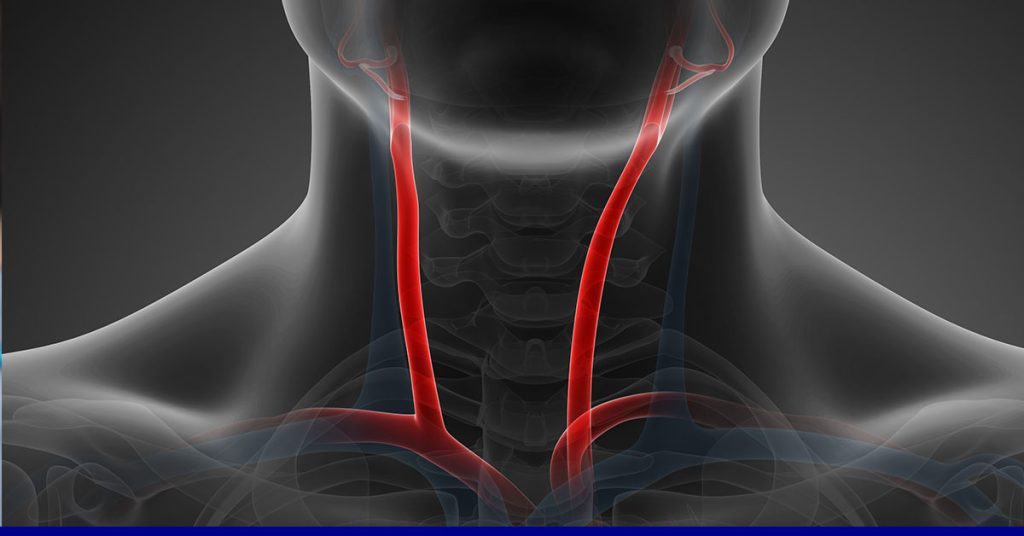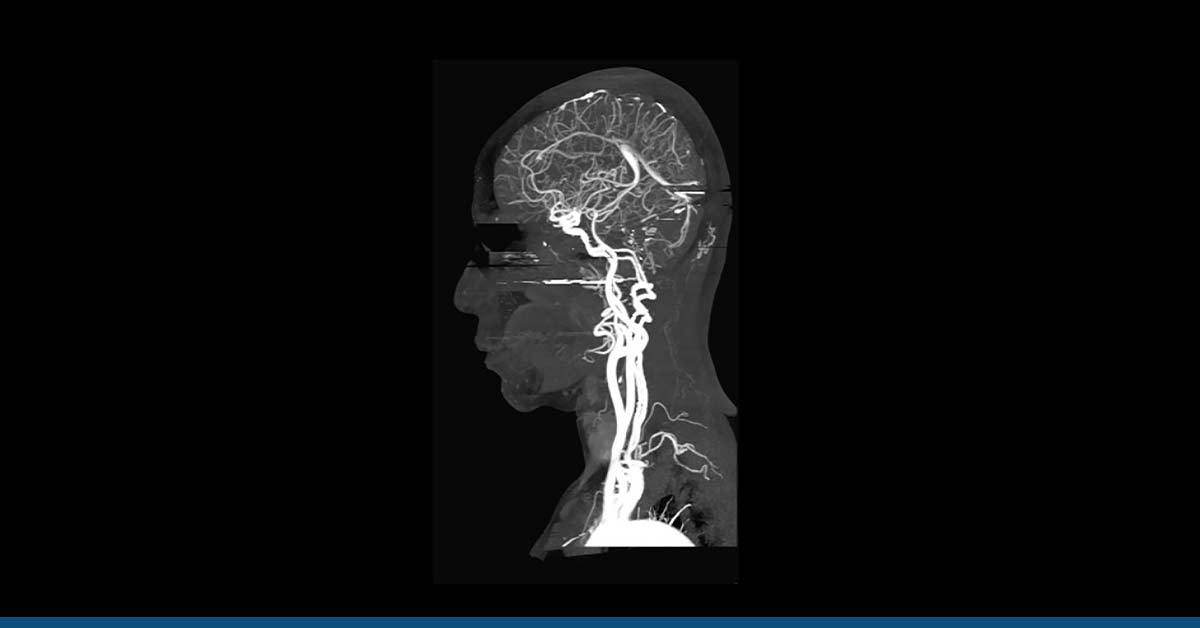The life expectancy after carotid endarterectomy is based on studies of thousands of patients over several decades. In general, the procedure can reduce the risk of a future stroke. It is advisable to undergo the surgery within two weeks of the first symptoms of stenosis. However, the procedure is not appropriate for every patient.
In this article, we’ll be answering questions like what is carotid artery disease? What are the symptoms? Most importantly, what is the life expectancy after carotid endarterectomy, and what is the carotid artery surgery survival rate?
Table of Contents
ToggleWhat Is Carotid Artery Disease?
A physician listens to the heart and blood vessels during a routine checkup or physical exams.. If he or she hears a whistling sound, a carotid artery blockage may be present. If the carotid artery is narrowed, the physician may recommend an ultrasound test. The vascular surgeon will also examine your eye and ask about your medical history and symptoms. Diagnostic testing may also be recommended.
Stroke
A stroke can be defined as a severe type of brain attack that occurs as a result of blood supply being cut off to an area of the brain is cut off, killing brain cells. The cause of a stroke is a blockage in a blood vessel or a bleed in or around the brain. A carotid artery blockage can cause a clot to form in a blood vessel and travel to the brain. Patients who suffer from carotid artery disease can also experience transient ischaemic attacks (TIAs) that have similar symptoms to stroke.
Risk Factors
The risk of stroke is usually small if the artery is not obstructed, but it can be very high if it’s tight. The most common risk factors include:
- Smoking
- Diabetes
- High cholesterol
- High blood pressure
- Older Age
- Genetics
- Family history
- Overweight
- Lack of exercise
- Diet high in saturated fats
What Causes Carotid Artery Disease?

The main cause of carotid artery disease is atherosclerosis, a disease of the arteries that affects one in every four people in the world. This condition consists of the buildup of plaque in the carotid arteries, preventing oxygen from reaching the brain. Because the brain requires a constant supply of oxygen, any interruption in this supply can be problematic. Moreover, after a few minutes without blood, brain cells begin to die. Hence, the more severe a carotid artery disease is, the greater the risk of stroke.
Symptoms of CAD (Carotid Artery Disease)
Most patients who have CAD do not show any symptoms until the arteries become severely narrowed. One of the first signs that you may experience is a bruit when listening to your pulse. You may also experience a transient ischemic attack, a stroke-like condition that occurs in a few minutes.
Although most cases of carotid artery disease are painless, they are serious. People with carotid artery disease have a greater risk of having blockages in other arteries. They are more likely to suffer from heart attack or stroke. Although there are no symptoms of carotid artery disease, a patient may experience a transient ischemic attack (TIA).
When the degree of narrowing is less than 70%, medical therapy can help prevent a stroke. In severe cases, surgery may be necessary.
Symptoms of carotid artery disease will depend on the severity of the blockage. If the blockage is severe, you may experience:
- Weakness in one side of the body
- facial drooping
- Loss of movement or coordination
- Confusion, dizziness
- Headache
- Ringing in the ears
- Fainting due to lack of blood supply to the brain
While it may not cause you to experience any symptoms, your doctor may recommend a specialized test to check for any obstruction.
Life Expectancy after Carotid Endarterectomy
For many patients, life expectancy after carotid endartherectomy is a significant concern. During the past decade, large randomized controlled trials have demonstrated the effectiveness of carotid endarterectomy (CEA) in preventing stroke. In addition to lowering the risk of perioperative stroke, the life expectancy after CEA is generally high.
Recent studies have explored life expectancy following carotid endarterectomy in asymptomatic patients with moderate to severe stenosis. However, comparing the results of different studies has proved to be difficult due to differences in the study population and the definition of stenosis. However, AbuRahma et al. reported a five-year survival rate of 79.6%, indicating that the surgery is safe and effective in preventing stroke.
This study presented the same results as the other trials that followed 4,754 patients in 19 countries. The patients were randomly assigned to stenting or endarterectomy. The two trials were similar in design and allowed researchers to combine their data. According to Dr. Martin Brown, a neurologist at University College London and corresponding author of the Lancet Neurology paper, the results of this study were similar.
The results of the study showed that the procedure is effective in treating severe cases of carotid disease. However, it is not without risk. A less invasive alternative is carotid artery stenting. The procedure is less invasive and can even increase a patient’s life expectancy. If you decide to undergo it, you must be prepared for the long recovery process.
Carotid Artery Surgery Survival Rate
The NASCET study, or North American Symptomatic Carotid Endarterectomy Trial, randomized above a thousand patients to receive either surgical or medical treatment for their carotid artery stenosis. The results found that patients with stenosis of 50 to 69% were able to benefit from surgical treatment, particularly those who had hemispheric ischemia and/or no history of diabetes. The findings also corroborate ECST investigators, who noted that a 50% stenosis by the NASCET definition is equivalent to 75% in ECST criteria.
The authors of the ACAS study included patients who had suffered from asymptomatic stenosis for more than five years. They found that this procedure significantly decreased the risk of stroke over five years. Moreover, it reduced the risk of developing a stroke by more than half, which is the primary goal of CEA. The researchers found that this surgical treatment can reduce the risk of stroke to a great extent in some patients, which is good news for patients suffering from carotid artery stenosis.
While these procedures are beneficial in preventing a stroke, they do have risks associated with them. Life expectancy after CEA has a higher mortality rate than other surgical procedures. This procedure may require multiple surgical procedures. The risks of stroke after surgery depend on whether the stenotic plaque is ulcerative or non-ulcerative.
Treatment
Treatment for narrowed carotid arteries may require surgery or aggressive medicine. However, early treatment reduces the risk of stroke by reducing plaque and clots. If the artery is severely blocked with plaque, carotid endarterectomy is an option. As for life expectancy after carotid endarterectomy, the results of the vast majority of such surgeries are positive.
Another surgery, Carotid Artery Angioplasty with Stenting (CAS) is for those Patients who can’t have Carotid Endarterectomy. Cholesterol-lowering and blood pressure-lowering medicines can also be used in addition to antiplateletes.
Can Carotid Artery Disease Be Prevented?
While many risk factors are not controlled, you can take steps to reduce your risk of developing the disease. Healthy lifestyle choices, including a good diet, can also reduce your risk. While there is no cure for carotid artery disease, you can reduce the risk of stroke by making changes to your lifestyle and diet.
It is also essential to check blood pressure and cholesterol levels and avoid taking prescription medications.
HG Analytics offers healthcare solutions based on powerful analytics. Our platform promotes preventive wellness and predictive cure for a range of health problems. We help you identify the underlying causes of your CAD symptoms and find the best treatment for your unique needs.
To let us analyze and predict any risks to your health, contact our experts today and discuss your symptoms, problems, and potential cures.





